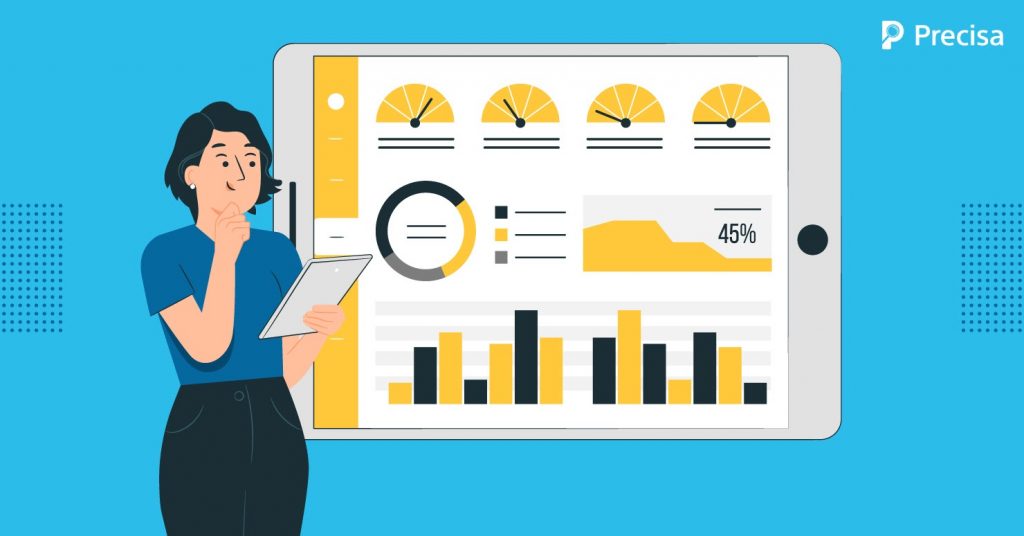How Small-Scale Lenders Can Benefit From Bank Statement Analysis

Finance plays a pivotal role in helping individuals and businesses survive in the competitive world. Hence, for the growth and development of all, access to a formal credit system is vital. The formal credit market consists of commercial banks, cooperative banks, foreign banks and non-banking financial institutions, which act as the main credit suppliers to households and business firms.
The small-scale lenders primarily facilitate loans for individuals lacking access to formal credit and the micro, small and medium enterprises (MSMEs) that form the backbone of the economy. If small-scale lenders are unable to provide timely access to financial and capital resources, brilliant ideas may fall by the wayside and represent a loss in the potential growth of the economy.
However, small-scale lenders when compared to large-scale lenders have limited resources on hand, thereby making it hard for them to assess the risk proposition and creditworthiness of the applicants. Most loan applicants or borrowers they deal with share limited financial information, have a minimal or negligible credit history or credit score, and may not be able to provide collaterals. Thus, small-scale lenders may not have access to sophisticated financial reports or rich financial track records of the applicant to make an accurate risk assessment.
Moreover, many small-scale lenders struggle with a higher turnaround time to disburse loans as they are unable to make quick decisions when evaluating the creditworthiness of their loan applicants. Most of them also follow a manual and cumbersome process with loads of paperwork.
In such cases, a bank statement analysis (BSA) can come in handy to ease the burden of small-scale lenders when assessing eligibility for a loan. An automated bank statement analyser can uncover critical financial information of the applicants and provide a basic analysis of the financial health of the loan applicant.
Importance of Bank Statement Analysers for Small-Scale Lenders
Commercial banks typically write off bad loans from their books even as they initiate efforts to recover the amount involved. On the other hand, small-scale lenders and NBFCs cannot afford to have a high ratio of NPAs and bad loans. They have to be extra cautious when dealing with the applicant’s risk profile and make smart decisions to minimise NPAs and bad loans as low as possible.
Hence, for funding micro-segments, small-scale lenders need to rely on verifying the bank statement records of the applicants to gain real-time insight into their financials. Since bank statements are ubiquitous and easy to access, small-scale lenders can easily rely on this basic report of the individual or business for effective underwriting. This way, lenders can be assured of the applicant’s capacity to repay the loan and prevent the surge of NPAs.
Here’s how a BSA can help small-scale lenders ease the lending process by generating pertinent reports and multiple visualisations to discover key loan evaluation insights:
1. 360-Degree View of the Customer
Most small-scale lenders tend to follow a manual process of transcribing data from PDF to excel, eyeballing the statements, scanning for keywords and performing tedious calculations. All this makes the entire process exhaustive and susceptible to errors. The challenge is further exacerbated when the bank statements are provided in varied formats. This is where an automated BSA can come to your rescue to parse through any format of the statements and generate reports on the key financial pointers to build a 360-degree view of the customer. For example, the BSA enables you to capture the below parameters of the applicant:
- Average Daily Balance – Ability to maintain steady positive account balance without many volatilities.
- Outflow of funds – Categorised Account of periodic expenses of utilities, loan payments, investments, etc.
- Inflow of funds – Categorised account of income, deposits, etc.
- Net Cash Flow or Net Business Flow – Difference between total inflow and outflow
- Monthly trend of deposits and withdrawals
- Transactions Summary
